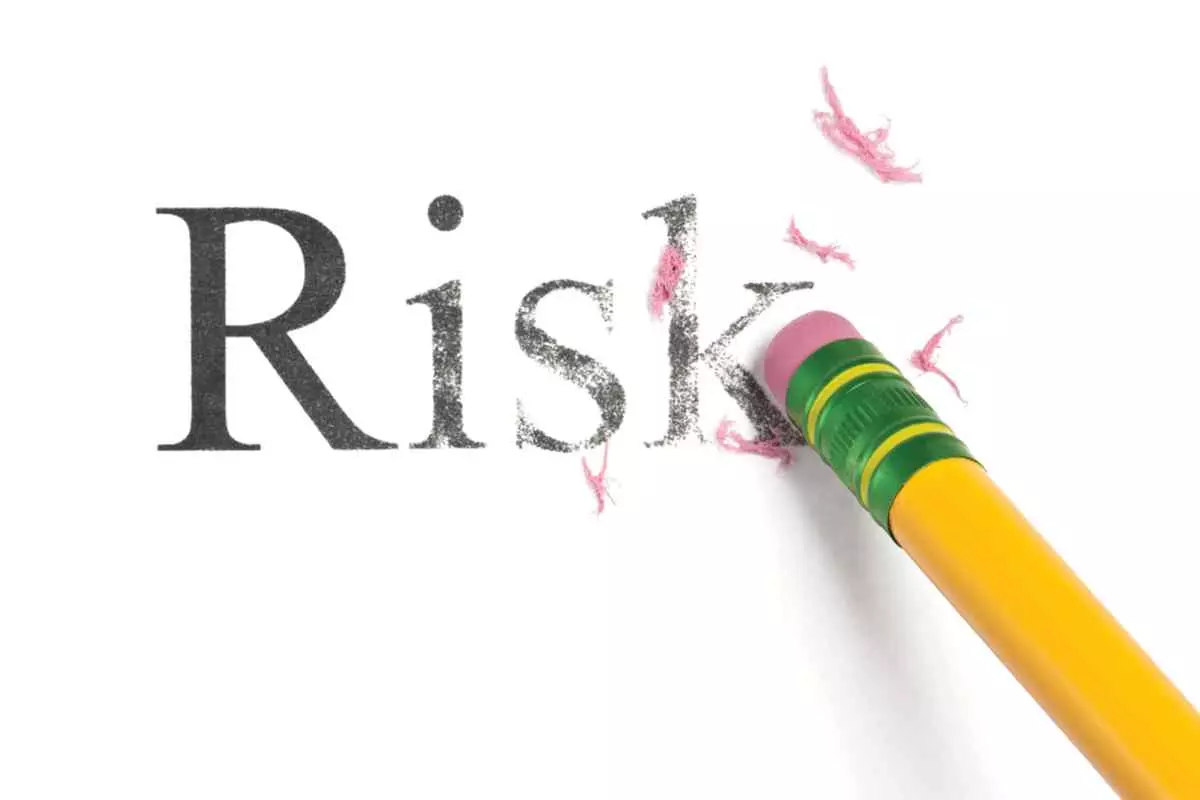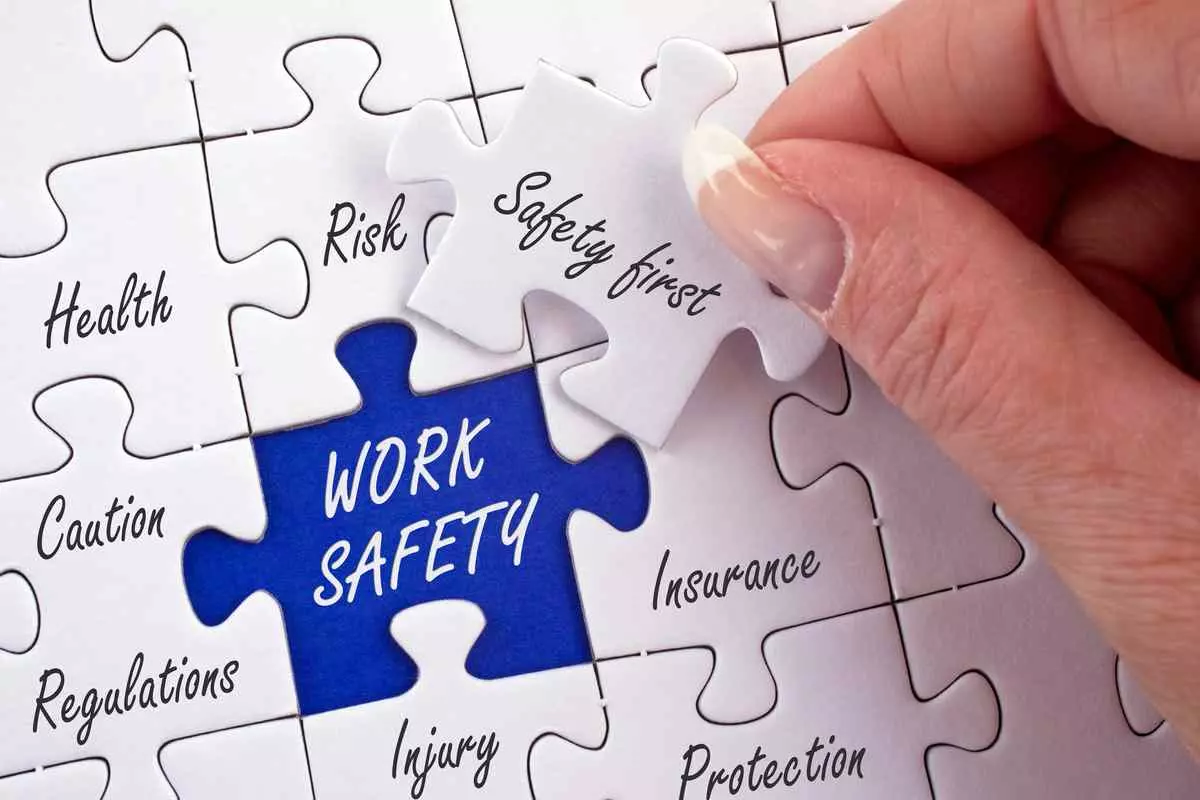Workplace violence is an unfortunate reality for many employees, particularly in the service sector. As a business owner, not only should you be concerned about your employees’ well-being, you should be concerned about the effects a workplace attack will have on the well-being of your business.
Workplace violence can affect victims differently, and the employer has a social responsibility to compensate for this. While some workplaces will always be susceptible, there are harm reduction steps you can take to make your employees, your clients, and yourself less vulnerable. Taking preventative measures to remove work hazards is an effective way to protect your business from violence.
Also, your company should implement an employee assistance program (EAP) that addresses workplace violence both during and after the time of the incident. As an employer, it’s your duty to provide these protections to your employees and customers. Below, we’ll discuss what workplace violence is, who it affects, and how to prepare and respond to it.
What is Workplace Violence?
Workplace violence is a non-accidental action or behavior that deviates from standard conduct and directly results in an assault, threat, harm, or injury to a person in the workplace. Workplace violence encompasses attacks that are verbal, emotional, or physical in nature. It does not include accidents resulting in injury at the workplace, such as straining a muscle or falling off a ladder.
Anyone can be a victim of workplace violence. Internal workplace violence is a harmful act that targets workers, managers, and supervisors. External workplace violence occurs between employees and other persons, such as clients or customers, in the workplace.
Workplace violence can be further divided into four categories:
- Criminal intent. In this type of incident, the perpetrator does not have a relationship to the target of the attack or the business at large. These acts include robbery, trespassing, shoplifting, and terrorism.
- Customer/Client. This is a violent interaction between a customer or client and an employee. Either party can be the victim in this type of incident.
- Worker on worker. This is a violent incident between two or more workers.
- Personal relationship. This type of interaction occurs between people in the workplace who have a personal relationship with one another. Sometimes victims of personal relationship workplace violence are romantic partners, which can also be considered a type of domestic abuse.
It is important to recognize that these categories can overlap in some situations. Part of creating a safer workplace is identifying and understanding the complexity of relationships in the workplace.
Which Industries Are the Most Vulnerable?
Nowadays, workplace violence can strike almost anywhere. However, certain industries are more vulnerable to attack than others. Overall, businesses in the service industry are the most susceptible to workplace violence.
Healthcare and social service workers face the most significant threat of workplace violence. The most common type of workplace violence is overwhelmingly between the customer and the client. Usually, in a healthcare environment, the client poses more risk to the worker than the worker poses to the client. This is particularly true for employees who work in inpatient and acute psychiatric care settings, geriatric care settings, and urban emergency departments. Of course, workplace violence can affect anyone regardless of industry.
Is Your Company Ready?
A startlingly low percentage of companies have implemented workplace violence prevention programs. This should be your priority as an employer of service sector workers. The purpose of a workplace violence prevention program is to protect workers from possible sources of violence. An effective program does this through:
- Operation controls, which act as safeguards for mitigating risk factors
- Employee education and training about risk factors in the workplace
- Employee education about what to do if they witness or experience workplace violence
It’s not enough for a service sector company to merely have a violence protection program. Employers should also educate their employees about the program and how to utilize it if the need arises. Employees must be knowledgeable about the resources available to them.
How to Remove Hazardous Conditions
The first step to developing a safer work environment is to remove hazards. Or, rather, implementing operation controls, which serve as precautions against hazards. In some service industry environments, hazard is par for the course and cannot be easily removed. That is why preventative measures aimed at harm reduction combined with a transparent employee assistance program can be a more effective means of addressing workplace violence.
The foundation of a successful workplace violence prevention program requires:
- Management commitment and employee collaboration
- Worksite analysis and hazard identification
- Hazard prevention and control
- Health and safety training
- Consistent record keeping and periodic program evaluation
An effective employee assistance program establishes a policy with explicit goals, allocates sufficient resources, and upholds expectations for the program.
Preventative Steps
1. Management Commitment and Employee Collaboration
As with most steps of an EAP, conducting a worksite analysis requires close collaboration between workers and management. Management is responsible for mitigating work hazards wherever they can, but they are often clueless about the “root” of the problem. Workers are integral to the initial hazard analysis because they have a deeper knowledge of the potential threats involved in their line of duty. Management can collect this vital information through records analysis, job hazard analysis, patient/client surveys, and employee surveys. For example, a hospital could ask its employees how often they come into contact with potentially violent patients and who those patients tend to be. A survey for this type of workplace might also ask nurses and doctors which shifts they feel the safest working.
2. Worksite Analysis and Hazard Identification
Worksite analysis involves a step-by-step assessment of a work environment to find potential risk factors that may lead to workplace violence incidents. A job hazard analysis is designed to examine the relationship between your employees, their tasks, the tools they use to accomplish their tasks, and their work environment. For example, to elaborate on the example in step one, let’s say that the same hospital’s employer conducts a walk-through and finds doors that do not have a lock or keypad, allowing for unrestricted access. During this phase of preventative steps, the employer would take note of an oversight such as this.
3. Hazard Prevention and Control
Once you’ve identified any risks in your workplace, you must decide how to prioritize operation controls. Priority should generally be given to:
- Jobs with high assault rates
- Newly created jobs
- Jobs that have undergone changes that increase their potential for workplace violence
To strategize operational control, you should focus on mitigating two categories of risk factors. The first is patient, client, and setting-related risk factors. These include:
- Working directly with clients who have a history of violence or substance abuse
- Working alone in a facility or clients’ home
- Poor design or workspace that may interfere with employees’ vision or ability to escape a violent situation
- Poorly lit or unlit corridors, rooms, or parking lots
- General lack of means of communicating in an emergency
- Prevalence of weapons or sharp objects in the workplace or clients’ possession
- Working in neighborhoods with high crime rates
The second risk category is defined as organizational risk factors. These are risk factors that are integral to the internal workplace rather than external or environmental. These include:
- Lack of facility policies and staff training, particularly for recognizing and intervening in violent situations involving patients, clients, visitors, or staff
- Working when understaffed, especially during hours when workers directly interact with patients, clients, or visitors.
- Inadequate security and trained personnel on-site
- Unrestricted movement of clients, patients, or visitors
- The perception that violence is tolerated, accepted, or even expected and that victims of workplace violence can not report the incident or press charges
Examples of operation controls would be initiatives such as putting locks on doors, restricting access to certain areas, upgrading the quality of lighting, securing dangerous items such as weapons or sharp objects, installing security cameras, hiring security personnel, and making sure shifts are not understaffed, especially during nighttime or early morning hours.
4. Health and Safety Training
All employees, staff, independent contractors, and managers should be given detailed training about deescalating a situation that may lead to a violent incident. Additionally, they should be prepared to manage a violent situation as it is happening. All personnel working on-site should be aware of the various conditions they may encounter and know precisely what the procedure is in these scenarios. Personnel should also know how to report incidents to management and what resources are available to them following a violent incident.
Post-Incident Steps
1. Coordinate with law enforcement and medical services. Your priority during and after a violent incident is to provide medical attention to all those involved. Conduct first aid if possible. If serious medical attention is needed, coordinate for an ambulance or other transportation to the medical facility. After immediate medical needs are attended to, you should report the incident to law enforcement.
2. Communicate with and support the victim of a violent incident. Management plays one of the most critical roles in the entire post-incident process. You and your management team should be highly supportive of employees who have experienced an incident. Management should be willing to share resources that will facilitate healing and, if necessary, legal action on behalf of the victim.
Communication should be open and frequent. Make sure the victim knows you are available to them, and if possible, reach out to them before they contact you. Provide them resources such as hotlines and organizations to assist them and provide them updates on any investigations. Be sure they are aware of any changes to workplace protocol following an incident.
3. Conduct an investigative review. Following an incident, you, management, and law enforcement officials should conduct an investigative review to find the root cause of the problem. Your team should ask, where did we fail? What caused this to happen? Ask yourself the following questions:
- What happened? Who was most affected? What caused the issue?
- Were existing procedures followed? If not, which ones?
- Were staff adequately trained? If not, who?
If necessary, adjust your procedures, operation controls, and training based on your findings.
Insurance
Unfortunately, basic Worker’s Compensation, Business Interruption, and General Liability insurance are not always sufficient for paying all the costs of a violent incident in the workplace. A better option may be named-peril policies that explicitly name what they cover. You should understand what your current policies include and exclude and ask yourself where there might be an oversight. Named-peril insurance of all types is available to companies in the service industry. Ask yourself whether your insurance covers:
- Ransom
- Legal Liability
- Lost data and damaged IT systems
- Risk consultants aimed at prevention
- Training
- Lockdown
Conclusion
Sometimes, working in the service industry is a risky business. Often, employees work with unpredictable, possibly unstable individuals. As an employer, it is your responsibility to mitigate dangerous scenarios through preventative measures, investigation, and adequate training.
When an incident does happen, it should be followed by intensive investigation and analysis so that it never happens again. Part of being prepared for a violent workplace incident is knowing the risks your employees are regularly exposed to and retaining insurance in case the worst does happen, despite your best efforts.
For more information about employee safety in the workplace, visit the Health and Safety Executive’s workplace violence resource for employers.




